The term “Cotton Gold Crepe Bandage” generally refers to a premium quality Cotton Crepe Bandage that may be branded with the word “Gold” to indicate superior quality, often meeting high-grade medical standards like the British Pharmacopoeia (BP).
Here is a general description, including its features and common uses:
Description and Key Features
- Material: Primarily made from high-twist cotton (sometimes blended with other materials for enhanced elasticity, though “Cotton” is key). The “crepe” effect comes from a special weave that gives the bandage its characteristic texture.
- Appearance: Typically supplied as a roll, often in a flesh/skin-tone (or beige) color. The crepe weave gives it a crinkled texture.
- Elasticity: It offers excellent stretch and uniform compression, which is crucial for support and swelling management. The elasticity is generally inherent to the weave and can often be restored by washing in warm water.
- Breathability: The cotton material and open weave design make it soft, skin-friendly, and highly porous, which helps air circulation and reduces the risk of itching or irritation from prolonged wear.
- Reusability: Most cotton crepe bandages are washable and reusable, maintaining their elasticity and effectiveness after repeated cleaning.
- Secure Fit: The unique crepe texture helps the bandage grip itself and the skin, ensuring a non-slip fit that conforms well to body contours.
- Fixation: Usually comes with clips or pins to secure the end of the wrap.
- Standard Sizes: Commonly available in various widths, with a typical stretched length of 4 meters. Common widths include:
- 6 cm (for smaller joints like wrist, fingers)
- 8 cm (medium joints like ankle, elbow)
- 10 cm (larger joints like knee, thigh, or securing dressings)
- 15 cm (very large areas or to provide broader support)
Primary Uses
The Cotton Gold Crepe Bandage is a versatile medical product essential for first aid and is used for:
- Support for Injuries: Provides firm and even compression and support for sprains, strains, and muscular injuries in joints like the ankle, knee, wrist, and elbow.
- Swelling Reduction (Edema Control): The compression helps to reduce swelling and manage discomfort by promoting better blood circulation and fluid drainage.
- Joint Stabilization: Offers gentle support and stabilization for weak or painful joints, often used during rehabilitation or for individuals with conditions like arthritis.
- Wound Dressing Securing: Used to hold underlying sterile dressings or splints securely in place over a wound or fracture.
- Post-Surgical Care: Applied to provide consistent pressure and warmth to a surgical area, aiding recovery and minimizing pain.






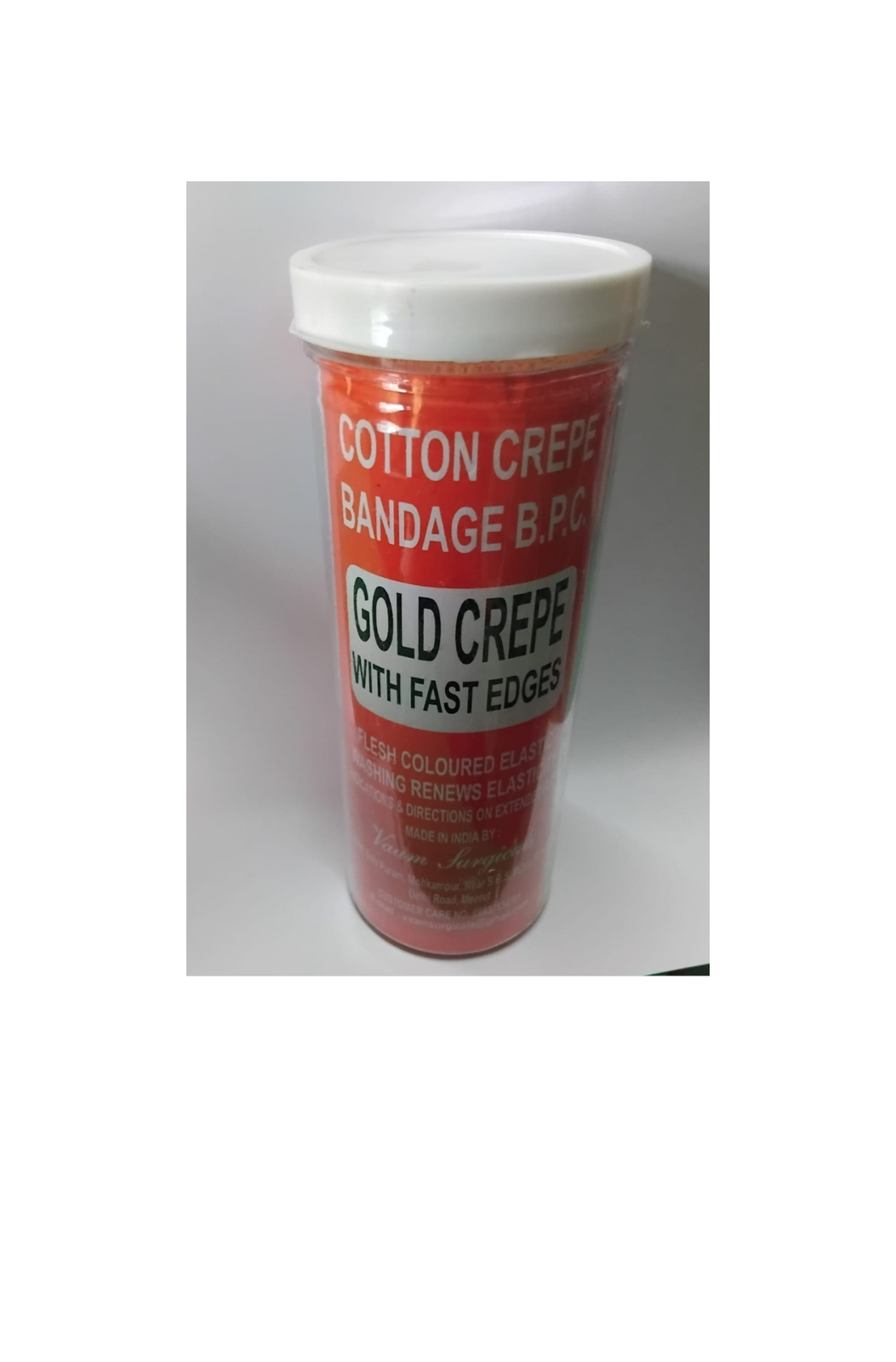
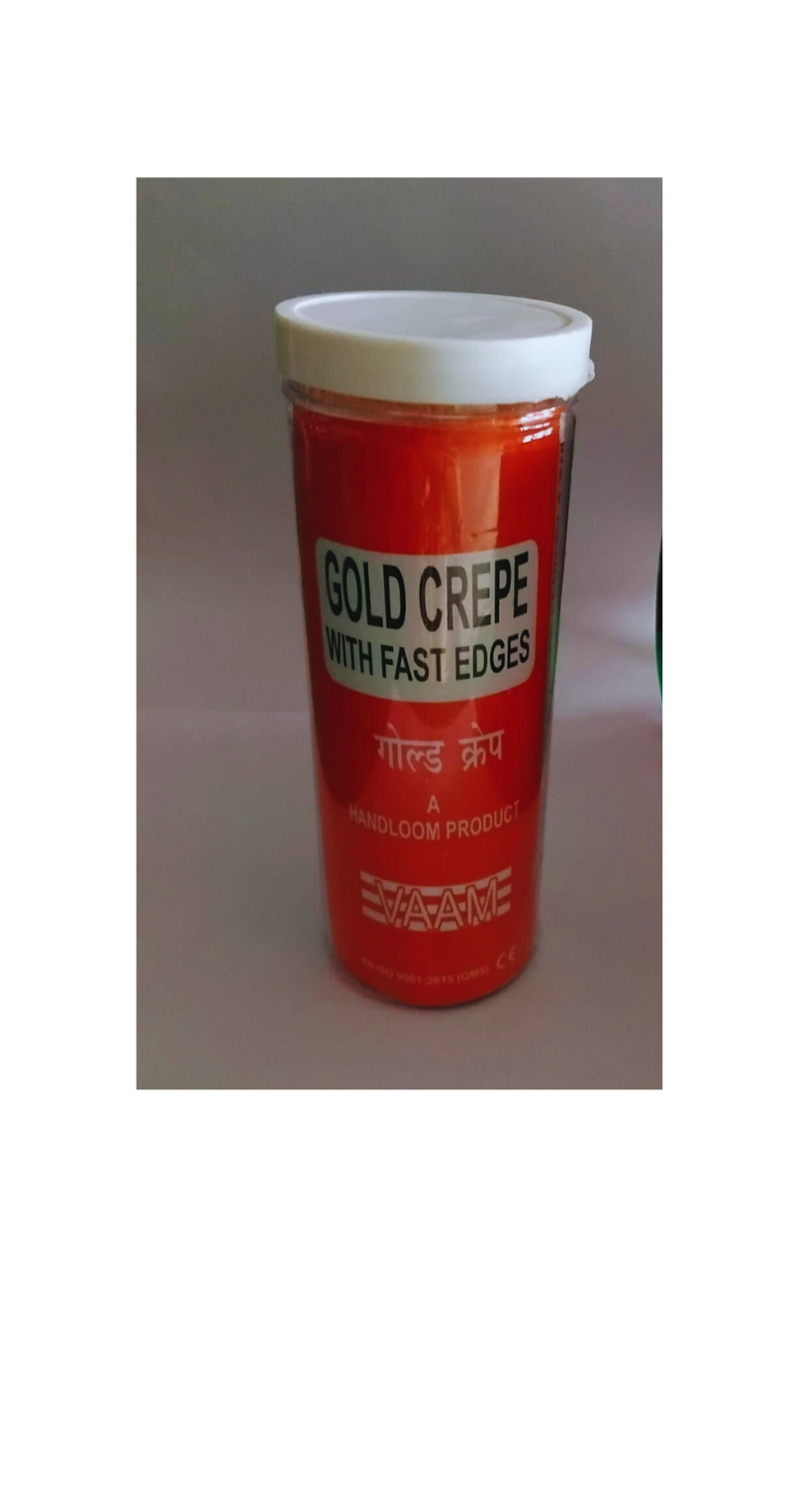
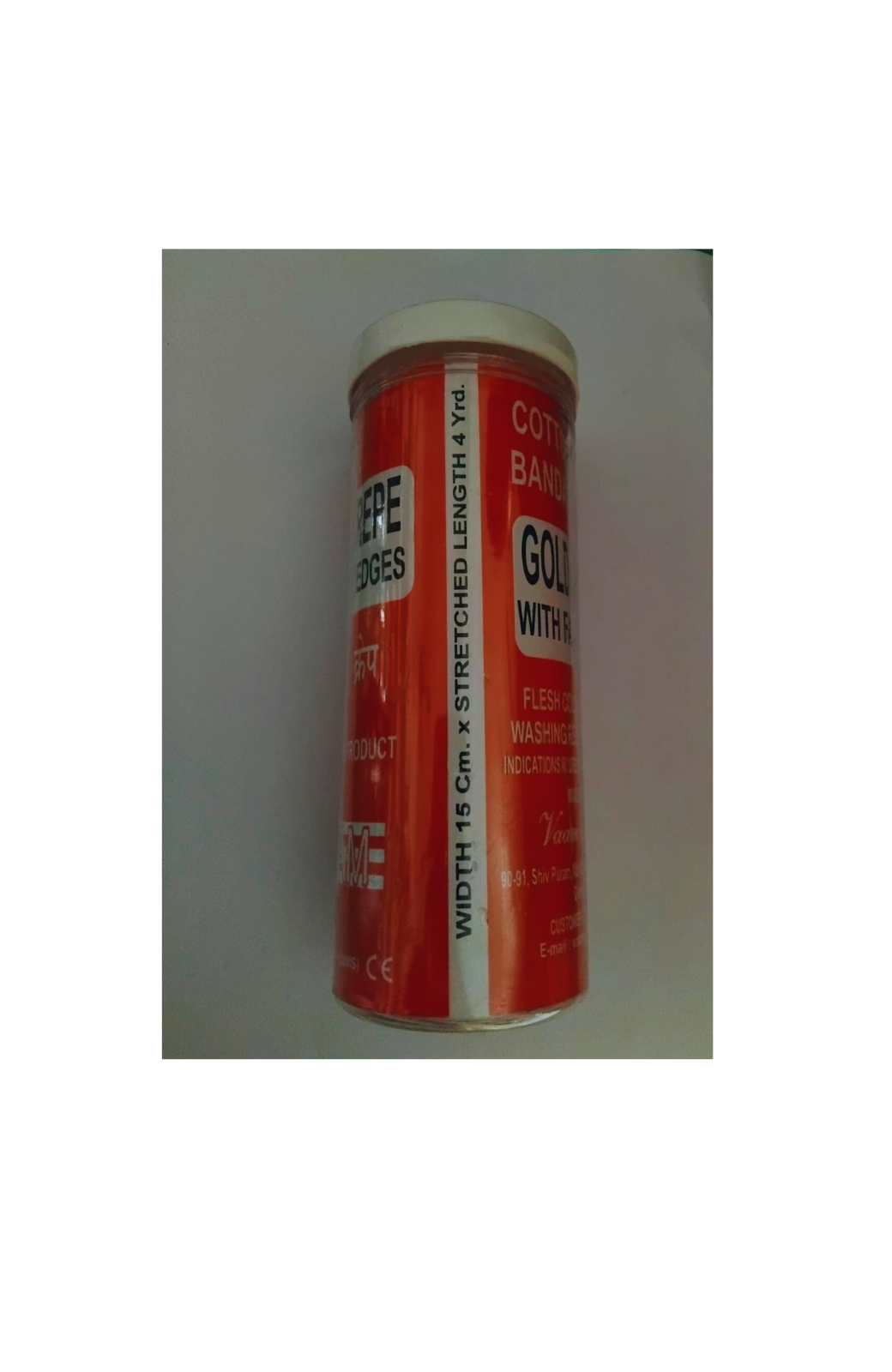
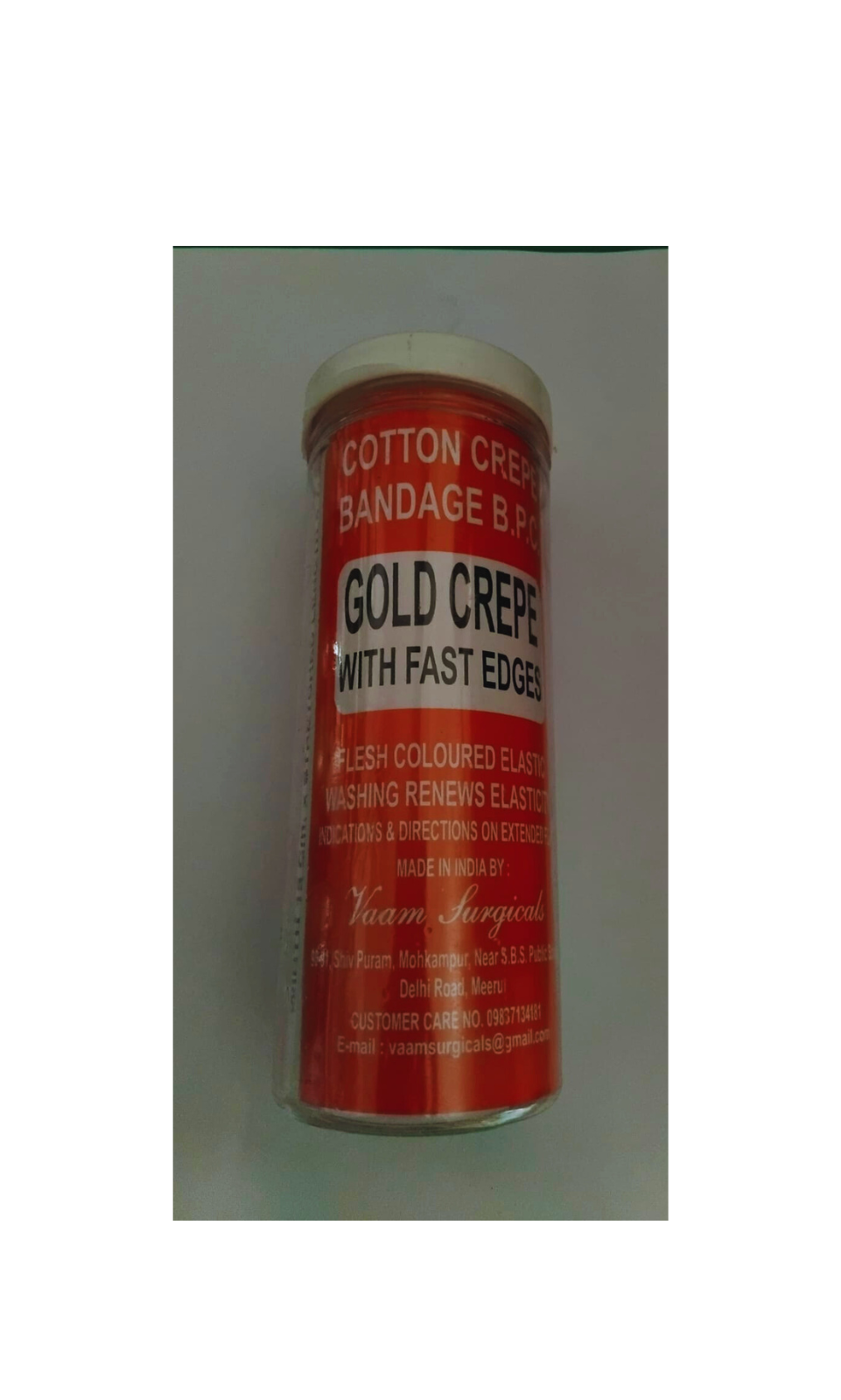
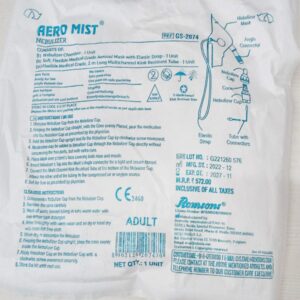
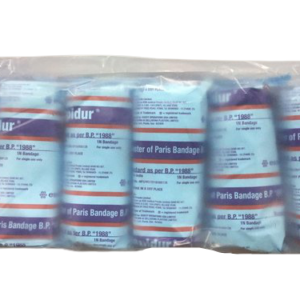


Reviews
There are no reviews yet.